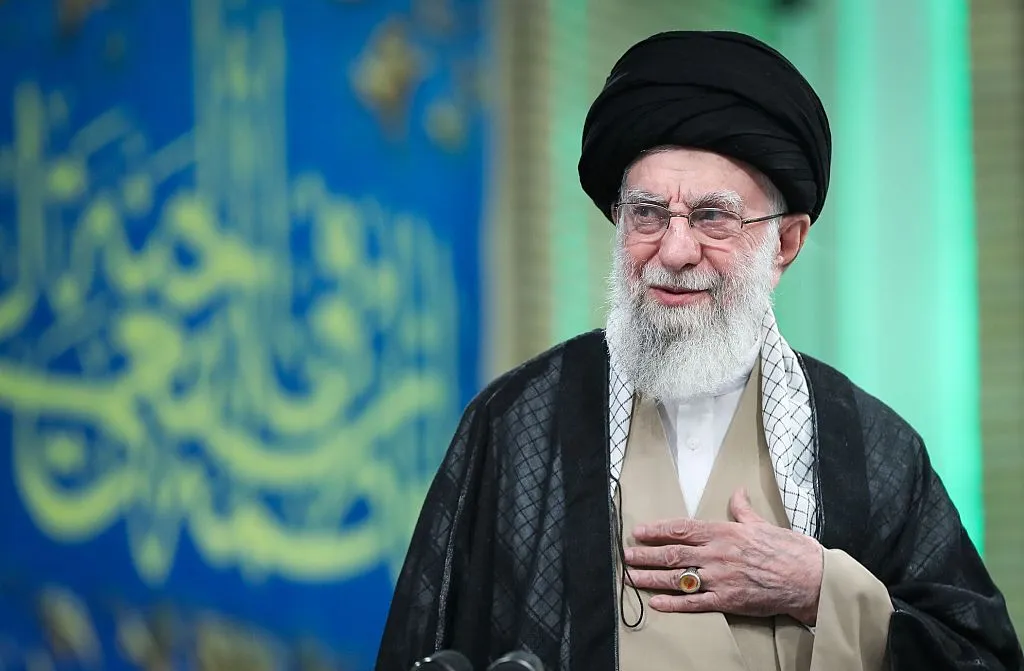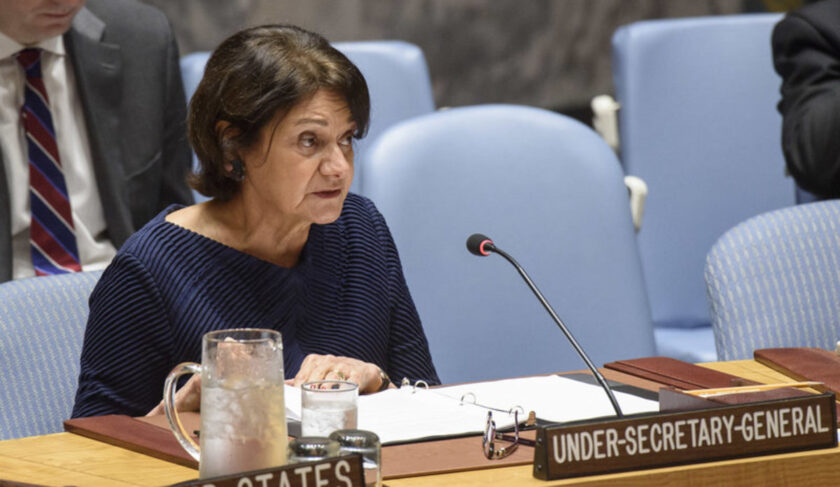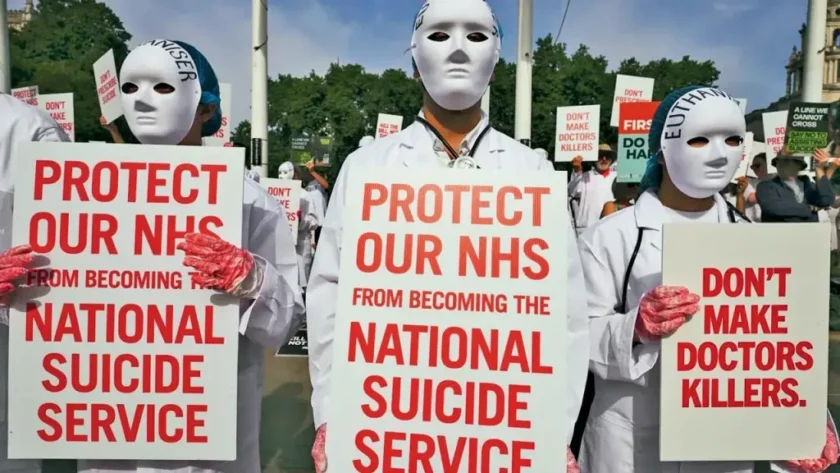Tehran: As Israel tightens its grip on Iran’s airspace and delivers relentless strikes targeting nuclear and military sites, Supreme Leader Ayatollah Ali Khamenei faces the most serious threat of his 35-year rule. For the first time, his own survival is being openly challenged, with Israel’s Defense Minister Israel Katz declaring that Khamenei “cannot continue to exist.”
Now 86 years old, Khamenei must make a defining choice: retaliate forcefully and risk broader devastation, or pursue a diplomatic solution that could see Iran shelve its decades-long nuclear ambition—the cornerstone of its regional strategy.
In a defiant message on Wednesday, Khamenei remained combative: “The Iranian nation is not one to surrender,” he said, warning that any U.S. involvement would cause “irreparable damage” to American interests.
The Cleric Who Rebuilt the Republic
When he assumed power in 1989 after the death of Ayatollah Ruhollah Khomeini, Khamenei was a relatively low-profile cleric with neither the charisma nor the religious credentials of his predecessor. But over three decades, he reshaped the Islamic Republic, consolidating power in the hands of the Shiite clerical elite and positioning himself as the ultimate authority—untouchable and unchallenged.
He expanded the influence of the Revolutionary Guard Corps (IRGC), empowering it to control Iran’s ballistic missile program, lead foreign military operations via the Quds Force, and dominate the economy through a sprawling network of businesses.
A Career of Crushing Dissent
Khamenei’s tenure has been marked by a relentless crackdown on opposition movements. The reformist wave of the late 1990s and early 2000s was systematically neutralized through disqualifications and arrests. The 2009 Green Movement, triggered by alleged election fraud, was crushed with deadly force.
Later, economic protests in 2017, 2019, and the 2022 Mahsa Amini uprising—which erupted after the death of a young woman detained for improper hijab—further exposed deep-rooted public anger over repression, corruption, and inequality. These movements were met with mass detentions, internet blackouts, and reports of abuse in custody.
Though some restrictions were informally eased in recent years to reduce tension, the core of the system—clerical control and centralized power—remained untouched under Khamenei.
From Isolation to Regional Power—and Back Again
When Khamenei took power, Iran was weakened and isolated after its eight-year war with Iraq. Over time, he used the vacuum created by U.S. wars and regional instability to craft a powerful alliance known as the “Axis of Resistance”—a web of proxy groups spanning Hezbollah in Lebanon, Hamas in Gaza, the Houthis in Yemen, and pro-Iranian militias in Iraq and Syria.
The network peaked in influence around 2015, with Iran exerting considerable sway over the Middle East. But the last two years have brought devastating losses.
After the October 7, 2023 Hamas attack on Israel, the Israeli military retaliated ferociously in Gaza, crippling Hamas infrastructure. Hezbollah was similarly weakened following sustained Israeli strikes in Lebanon, including a surprise attack using booby-trapped communication devices.
In a stunning blow to Iranian influence, Syria’s Bashar al-Assad—once a key ally—was overthrown by Sunni insurgents in late 2024. Damascus now hosts a government hostile to both Iran and Hezbollah, further eroding Tehran’s regional reach.
A Crisis with No Clear Path
With Israel vowing to dismantle Iran’s nuclear program and eliminate its leadership, and the U.S. on standby, Khamenei’s long-standing playbook of defiance and proxy warfare is under intense pressure.
This moment marks the lowest point in the history of Iran’s regional ambitions, with the Axis of Resistance deeply fractured and Iran under sustained military and diplomatic fire.
For Ayatollah Khamenei—who has outlasted presidents, protests, and regional wars—this could be the final chapter in a political life that has shaped the Middle East for a generation.
Whether he doubles down or pivots to diplomacy, the outcome of this crisis could redefine Iran’s future—and his own legacy.






